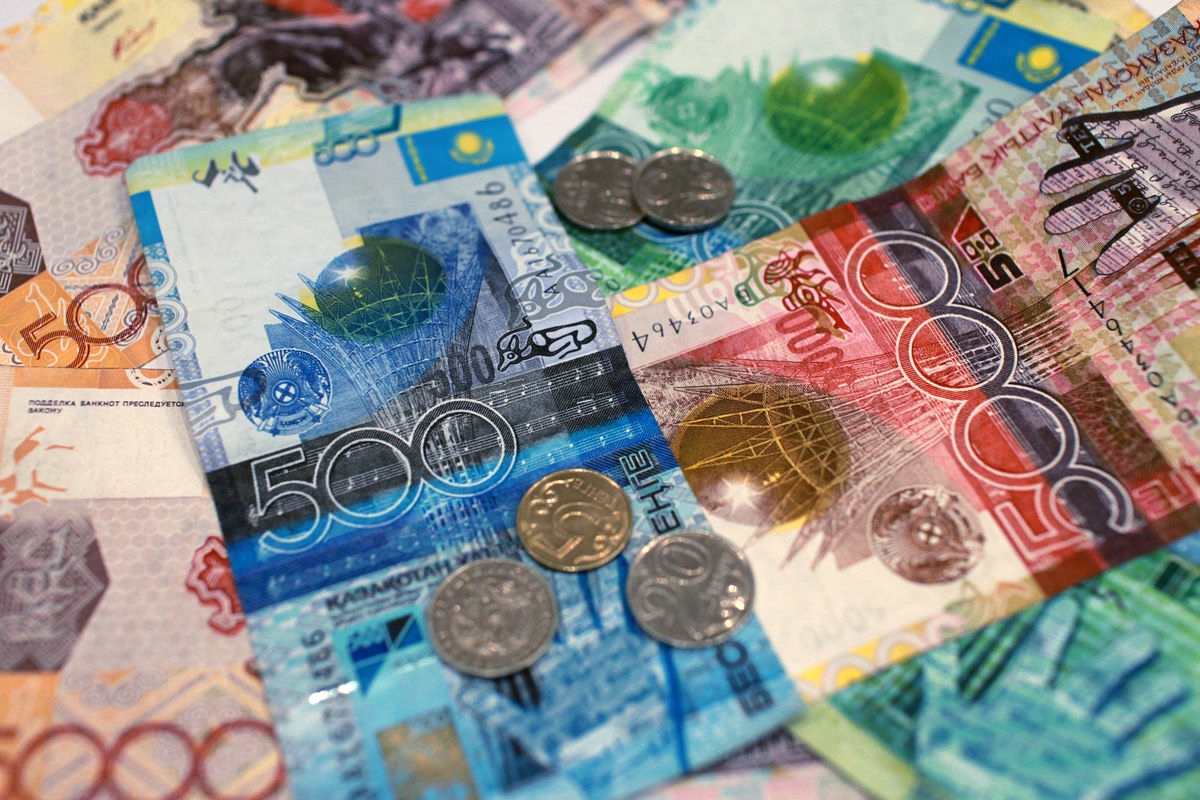
Kazakhstan’s Oil Dependence Jeopardizes Domestic Stability
Publication: Eurasia Daily Monitor Volume: 12 Issue: 168
By:

On August 20, the National Bank of Kazakhstan (NBK) came forward with a surprise announcement. The central bank’s chairman, Kairat Kelimbetov, made official the immediate shift to a floating exchange rate of the tenge, the national currency. Since its introduction into circulation in late 1993, the tenge has been largely pegged to the US dollar, being allowed to fluctuate only within a strictly defined trading band maintained in place through NBK foreign currency interventions. In July 2015, the NBK had said it was expanding the previous band upwards by another 13 points—that is, from 170 to 198 tenge per US dollar. The last time the band was adjusted was in September 2014, half a year after the 20 percent overnight devaluation of the tenge. While it was initially expected that the tenge-dollar exchange rate would last mostly unchanged into 2016, the latest move has taken ordinary Kazakhstanis and professional market players alike by surprise (Tengrinews.kz, Kursiv.kz, August 20; Newskaz.ru, July 15; Inform.kz, February 11, 2014).
Speaking on national television hours after the fateful decision hit the headlines, Kazakhstani Prime Minister Karim Massimov said that the NBK would hence focus its efforts on keeping inflation stable, in what is known as “inflation targeting.” This policy is widely recommended by the International Monetary Fund (IMF) to all central banks, whose main goal should, therefore, be not exchange rate control but overseeing the overall stability of financial markets via the daily management of interest rates. Allowing the tenge to float, Massimov argued, has further enabled the country to avoid the risk of “sovereign default,” given the clearly negative impact that an overvalued tenge was having on the competitiveness of Kazakhstan’s exports and the economy. President Nursultan Nazarbayev also made a televised address in which he declared that the NBK had “burned” more than $28 billion since early 2014 to support the tenge—“all in vain” (Primeminister.kz, News.nur.kz, August 20).
The tenge’s free-floating rate may be a good thing for Kazakhstan’s foreign currency reserves, which stood mid-August at almost $98 billion, including $68.8 billion stashed away in the National Oil Fund. With NBK interventions now limited to a minimum, the country’s financial cushion will no longer be so hastily depleted. However, as the currency currently (as of September 16) trades at approximately 285 tenge per dollar, compared to an average of 185 tenge per dollar in February 2014–July 2015, consumers have seen their purchasing power shrink by more than 35 percent. If the two previous devaluations of February 2009 (minus 25 percent) and February 2014 (minus 20 percent) are also factored in, Kazakhstanis’ wages have since lost more than 57 percent of their value as expressed in dollars. That means weaker demand for both imported and domestic goods, whose prices are inexorably pushed up by a high inflation rate (7.4 percent in 2014). Lower spending, consequently, means lower growth expectations as the economy contracts and many large-scale projects are downscaled or canceled altogether (Forbes.kz, September 7; Nationalbank.kz, August 15; Inform.kz, January 23).
Like the overwhelming majority of emerging economies—from Brazil and China to Vietnam and Turkey—Kazakhstan is facing strong headwinds blowing from the United States. The tapering of the United States Federal Reserve’s quantitative easing program, expected to lead to a federal funds rate hike by year’s end, is already draining investment money from developing countries at high speed. Yet, Kazakhstan is confronted with a number of additional challenges. Squeezed between Russia and China, it is heavily dependent on both for its external trade ($12.9 billion, or 32.7 percent, in the first half of 2015). Because the ruble has depreciated by more than 50 percent since last year, with the Russian central bank having prudently relinquished all currency controls, Kazakhstani goods have become uncompetitive compared with cheaper Russian ones. Thus, exports to Russia plummeted by 27 percent in January–June 2015 year-on-year, while imports fell by only 17.5 percent. Meanwhile, exports to China declined by a record 51.2 percent during the same period thanks to Beijing’s subdued appetite for oil, steel, copper and other commodities (Stat.gov.kz, September 8; Kapital.kz, July 24).
The importance of the trade balance notwithstanding, external trade statistics should not overshadow the key cause of Kazakhstan’s financial instability, which is the continued fall in the international price of oil. With Brent crude currently trading below $50 per barrel, as compared to over $100 per barrel as of early 2014, pressure on the tenge had previously reached such a level as to make the new devaluation inevitable. The NBK was, thereby, forced to renege on its earlier promise to keep the exchange rate within fixed bounds. Despite years of state-sponsored efforts to implement economic diversification, the country still remains heavily dependent on the oil and gas sector, which accounts for nearly a quarter of GDP and, even more importantly, over 60 percent of all export income (Daily.rbc.ru, August 20; Newskaz.ru, December 8, 2014; October 24, 2014). Furthermore, oil revenues make up an important part of Kazakhstan’s state budget: Oil sales constituted 27.3 percent of the country’s overall budget in 2014. This has grown to 42.2 percent in the provisional (as of March) budget for 2015, due to a greater reliance on funds drawn from the National Oil Fund to make up for shortfalls in other income streams caused by the economic slump (Tengrinews.kz, November 6, 2014; March 11, 2015).
Now that the Kazakhstani currency can trade freely on the domestic market, it looks as though it has found a new informal peg, the price of Brent crude. Together with a revised state budget for 2016 based on a conservative forecasted price of oil estimated at $40 per barrel, the tenge’s petroleum-related volatility constitutes a serious threat to Kazakhstan’s economic and political stability. Furthermore, it could well have the effect of contagion on neighboring Central Asian countries, which are increasingly tempted to carry out so-called “competitive devaluations” of their own currencies in order to catch up with a weaker tenge and a falling ruble.




